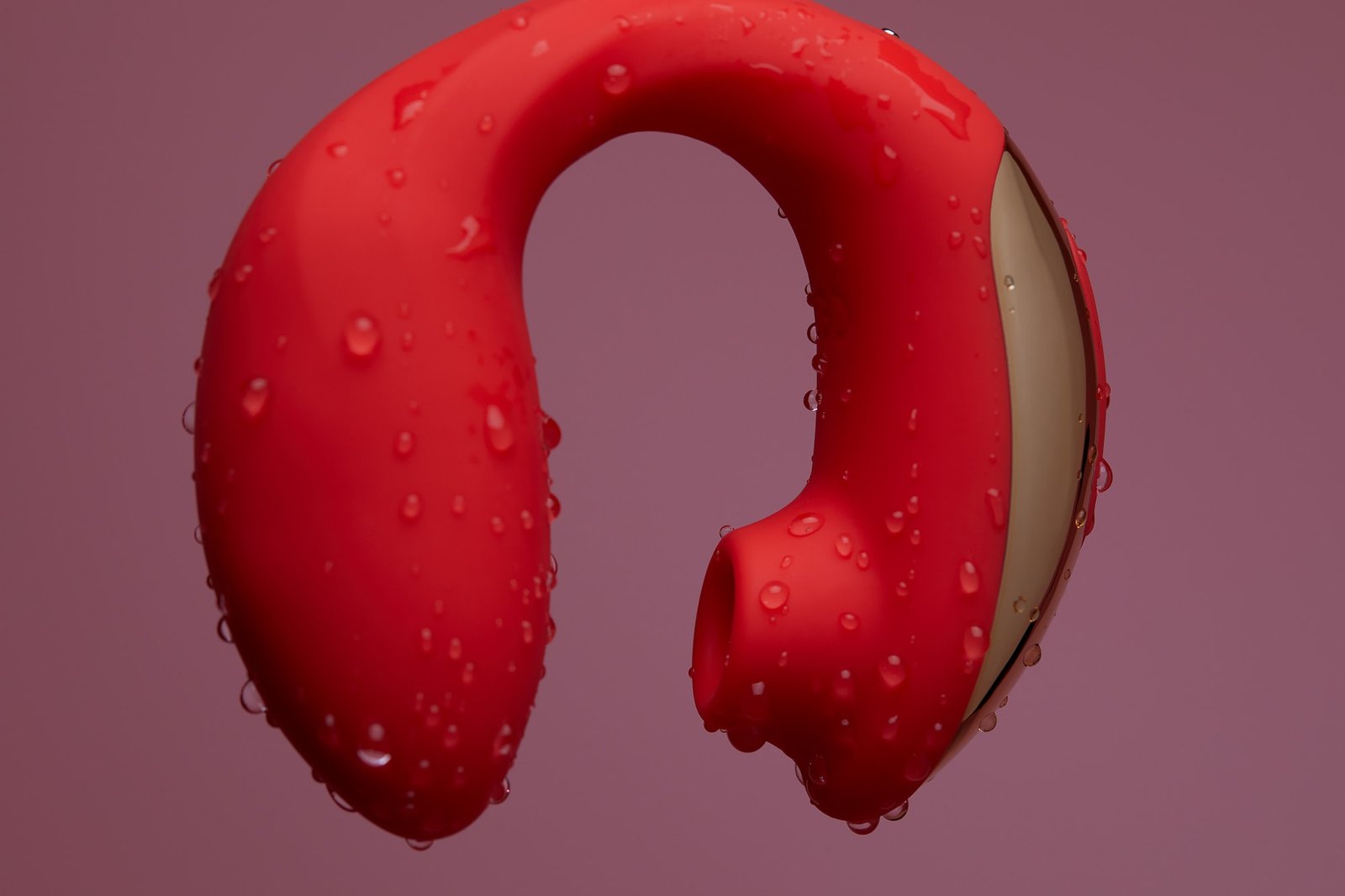Sex toys are great tools for exploring pleasure and intimacy, but if they are not cleaned properly, they can become a breeding ground for bacteria, causing infection or shortening the life of the toy. Whether it is a silicone vibrator, a TPE simulator, or a metal or glass toy, the correct cleaning method is crucial. This guide will explain the cleaning techniques by material, scene and step to ensure that your toys are safe and hygienic and last as long as new.
- Must read before cleaning: Material determines the method
Toys made of different materials have great differences in tolerance to detergents and disinfection methods. Incorrect cleaning may damage the toy or endanger health.
Material type Common toys Features Cleaning taboos
Medical silicone High-end vibrators, anal plugs Non-porous, high temperature resistant, antibacterial Avoid bleach, oil-based lubricants
TPE/TPR Low-priced simulated penis, some vibrators Microporous structure, easy to absorb bacteria Do not boil at high temperature, avoid alcohol soaking
ABS plastic Bullet vibrators, some wearable toys Non-porous, waterproof Avoid corrosive detergents
Stainless steel/glass Anal plugs, massage sticks Non-porous, high temperature resistant, smooth surface Avoid falling and damage
Leather/fabric BDSM bondage tools Porous, difficult to completely disinfect Do not soak, avoid humid environments
Key principles:
Non-porous materials (silicone, glass, stainless steel): can be deeply disinfected, suitable for multiple people or different body parts.
Porous materials (TPE, leather): easy to leave bacteria, it is recommended to be used by dedicated personnel and replaced regularly (TPE toys usually have a lifespan of 6-12 months).
- Basic cleaning: a necessary step after daily use
Regardless of the material, it needs to be cleaned immediately after each use to avoid body fluids or lubricants. - Disassembly and power off
Remove the battery or disconnect the power supply to ensure that electronic components (such as vibration motors) do not come into contact with liquids.
Wash removable parts (such as silicone sleeves and suction cups) separately.
- Gentle cleaning
Recommended cleaning agents:
Unscented antibacterial soap (Dr. Bronner’s)
Specialized toy cleaner (such as Sliquid Shine or Woo More Care)
Cold or warm water (<40°C)
Steps:
Rinse the surface with running water.
Apply the cleaning agent and wipe with a soft sponge or cloth (do not use steel wool).
Focus on cleaning the texture and gaps (such as the folds of the simulation device).
Rinse again until there is no foam, wipe dry with a lint-free cloth or air dry.
- Drying and storage
Drying: Dry thoroughly (humid environments are prone to mold growth), place on a clean towel or blow dry with a hair dryer on cold air.
Storage: Place in a breathable cloth bag or original box separately, away from direct sunlight (silicone should avoid direct contact with similar toys, chemical reactions may occur).
III. Deep disinfection: When and how to do it?
The following situations require deep disinfection:
Before first use
Shared toys by multiple people
Use across body parts (such as vaginal use after anal sex)
Reactivate after long-term storage
- Medical silicone, glass, stainless steel
Boiling method:
Immerse the toy completely in boiling water (no electronic components).
Boil for 5-10 minutes, remove and dry.
Disinfectant soaking (alternative solution):
Soak in 10% bleach solution (1 part bleach + 9 parts water) for 10 minutes.
Rinse thoroughly and dry.
- TPE/TPR, ABS plastic
Surface wiping method:
Wipe the surface with 75% medical alcohol or special disinfectant wipes.
Let it stand for 1 minute, wipe the residue with clean water and dry.
Note: Do not soak TPE, alcohol may accelerate the aging of the material.
- Electronic toys (waterproof)
Local disinfection:
Use a cotton swab dipped in isopropyl alcohol to wipe the button gaps and charging ports.
Wipe the body with a damp cloth + mild detergent to avoid liquid penetration.
IV. Special scene treatment guide
- Lubricant residue
Water-based lubricant: Rinse with warm water.
Silicone-based lubricant: Wipe with a cotton ball dipped in olive oil, then wash with soap.
Oil-based lubricant: Avoid using it on silicone toys (may corrode the material). If misused, use detergent to thoroughly remove it.
- Odor removal
Silicone/glass: Apply baking soda paste (baking soda + water) to the surface, let it stand for 1 hour, then rinse.
TPE: Place in a ventilated place for 24 hours, or use an enzyme-containing cleaner (such as a product specifically designed to remove pet urine stains).
- Mold treatment
Non-porous materials: Follow the deep disinfection steps.
Porous materials: Discard immediately (mold spores penetrate deep into the material and cannot be eradicated).
V. Common Mistakes and Risk Warnings
- Wrong Cleaning Methods
✘ Use non-specialized cleaning agents such as toothpaste and makeup remover (may damage the material or leave irritating ingredients).
✘ Soak electronic toys in water (even if they are nominally waterproof, long-term soaking may still damage the circuit).
✘ Use the same cloth to wipe multiple toys (cross-contamination risk).
- Health Risks
Bacterial infection: Especially if the vagina or anus is not cleaned after use, it may cause urinary tract infection or inflammation.
Chemical damage: Cleaner residues cause allergies or mucous membrane irritation.
VI. Toy Life and Replacement Signals
Even if properly cleaned, sex toys have a lifespan. Please replace if the following conditions occur:
Silicone surface is sticky or cracked
TPE material changes color, produces oil or emits odor
Electronic component failure or abnormal charging
Stains or mildew that cannot be completely removed
VII. Lazy List: 3-minute quick cleaning process
Disassembly: Remove the battery/power supply and separate the removable parts.
Rinse: Rinse the surface liquid with warm water.
Cleaning: Spray special toy cleaner and wipe for 10 seconds.
Drying: Dry with disposable paper towels and air dry for 5 minutes.
Storage: Put in a separate sealed bag.
Conclusion: Cleaning is part of sexual health
Proper cleaning of sex toys is not only a hygienic habit, but also a responsibility for the health of yourself and your partner. Investing a few minutes of cleaning time will bring long-term safety and pleasure. Remember, clean toys are the best toys.
Next steps:
Check the materials of existing toys and discard expired or porous and inferior products.
Purchase special cleaners and storage bags and establish a cleaning process.



